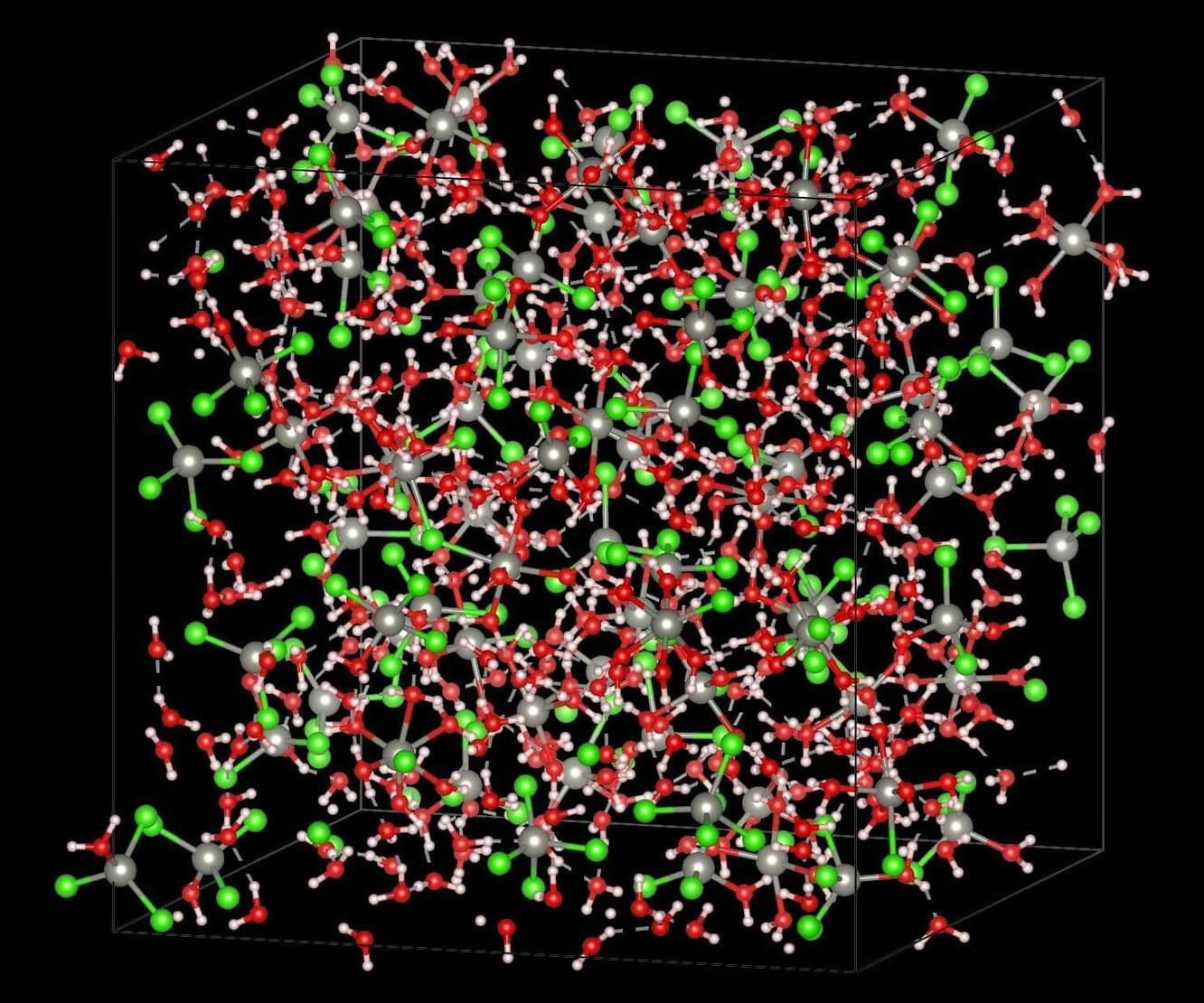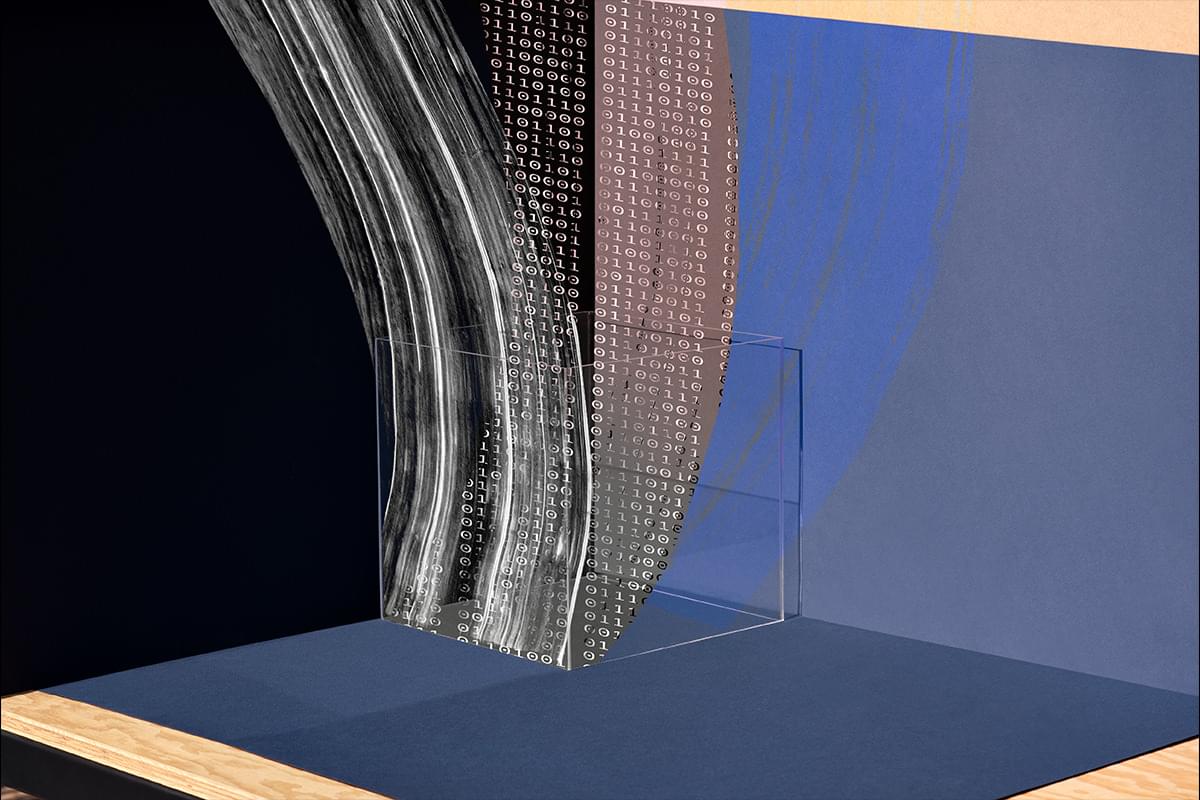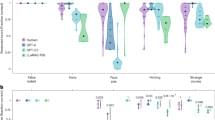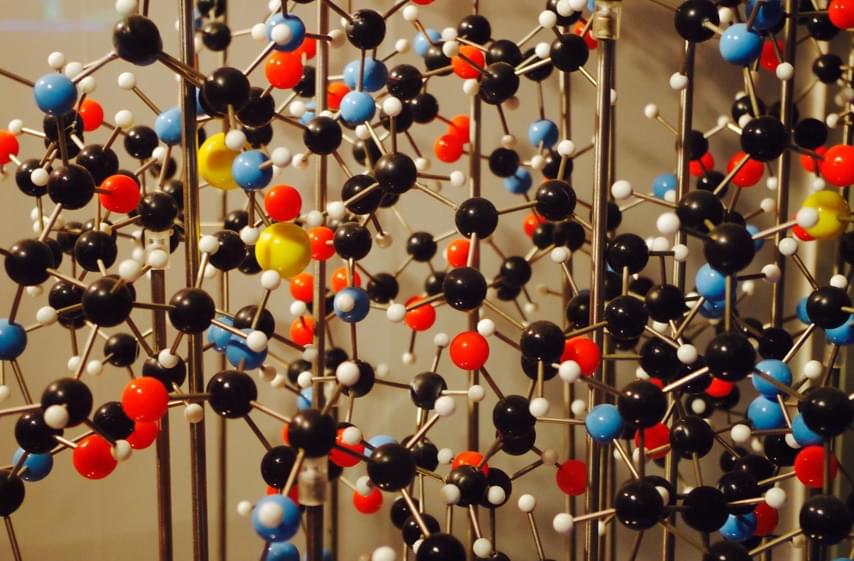A team of scientists from the U.S. Department of Energy’s (DOE) Brookhaven National Laboratory and Stony Brook University (SBU) used artificial intelligence (AI) to help them understand how zinc-ion batteries work—and potentially how to make them more efficient for future energy storage needs.
Their study, published in the journal PRX Energy, focused on the water-based electrolyte that shuttles electrically charged zinc ions through the rechargeable battery during charging and use. The AI model tapped into how those charged ions interact with water under varying concentrations of zinc chloride (ZnCl2), a form of salt with high solubility in water.
The AI findings, validated by experiments at Brookhaven Lab’s National Synchrotron Light Source II (NSLS-II), show why high salt concentrations produce the best battery performance.







